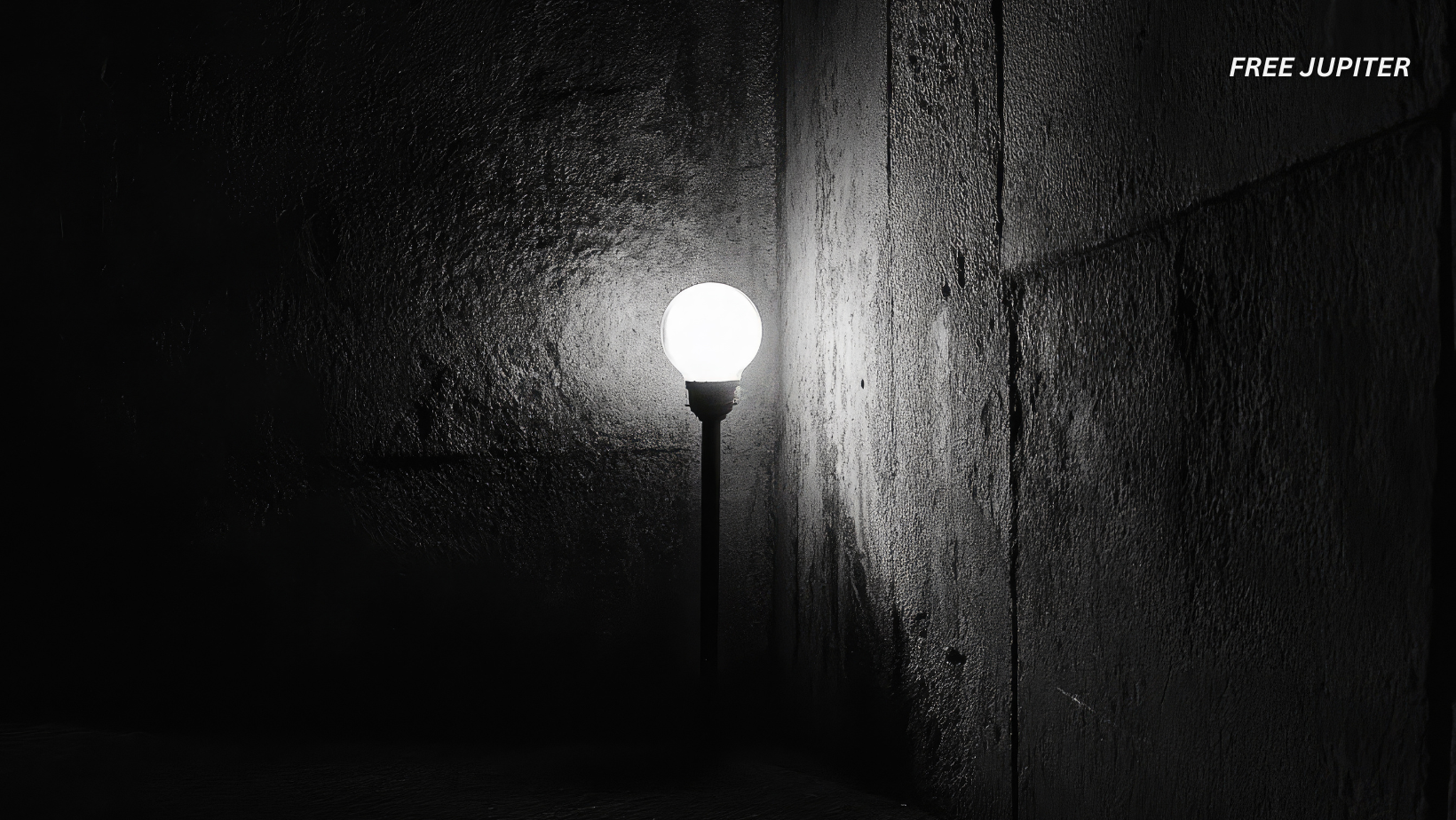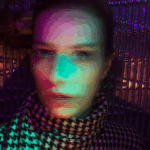Friendly Note: FreeJupiter.com shares general info for curious minds 🌟 Please fact-check all claims—and always check health matters with a professional 💙
Light from darkness. It sounds like something out of a fantasy novel, but physicists are edging closer to turning that idea into reality—thanks to some of the wildest rules in quantum physics.
In a recent breakthrough, scientists from the University of Oxford and the University of Lisbon revealed something almost magical: under the right conditions, it’s theoretically possible to produce light—real, visible light—using nothing but empty space and a few very powerful lasers. That’s right: no lightbulb, no fire, no sun. Just vacuum, photons, and a bit of quantum weirdness.
So… Can Something Really Come from Nothing?
In the everyday world, we’re used to the idea that if you want light, you need a source: a lamp, a match, or maybe the sun. But quantum physics doesn’t play by those rules.
In quantum mechanics, “nothing” isn’t really nothing. Even the most empty-looking vacuum of space is actually teeming with invisible energy. It’s not just empty air—it’s a sort of cosmic soup, filled with short-lived “virtual particles” that constantly flicker in and out of existence.
These particles aren’t exactly real in the way we understand particles like electrons or photons, but they’re not imaginary either. They’re more like ghostly visitors—tiny blips of energy that are always buzzing around behind the scenes. Physicists believe the entire universe, even when stripped down to what seems like absolute zero, is still humming with this quantum activity.
Read more: Scientists Say Activating This Nerve May Reduce Disease-Causing Inflammation
The Science Trick: Four-Wave Mixing
Here’s where things get even more interesting. The researchers discovered through advanced simulations that firing three high-powered laser beams into empty space at just the right angles and energy levels might generate a fourth beam of light.
This process is known as four-wave mixing, and it’s not entirely new—it’s been used in optics and nonlinear physics before, but usually inside materials like crystals or glass. What’s new is applying this process in a vacuum, where there’s supposedly nothing for the light to bounce off of.
So how can light interact with “nothing”? Well, if those virtual particles in the vacuum are agitated just right—say, by an intense electromagnetic field from lasers—they can briefly become “real” particles. In this case, the simulation suggests that the virtual photons might stop disappearing, instead scattering off each other and forming an actual light beam. In short: photons (particles of light) would be making other photons. Like photocopying light using, well… more light.
Why This Matters (and Why It’s Not Just Sci-Fi)
While this may sound like something out of a Marvel movie, it’s actually a serious step toward solving some of physics’ greatest mysteries.
For decades, physicists have predicted this bizarre possibility using quantum electrodynamics (QED)—the theory that describes how light and matter interact at the smallest scales. But even though the math checked out, no one had actually seen this “light-from-nothing” effect in action.
Until now, it’s remained purely theoretical. The new study from Oxford and Lisbon provides the most realistic computer model so far, showing how the effect could unfold in real-life conditions. The researchers believe we’re on the edge of making this idea something we can actually test in a laboratory.
Read more: Earth Is Speeding Up—and Timekeepers Are Considering Doing Something They’ve Never Done
The Global Race to Prove It
Now, the scientific community is abuzz with excitement because several ultra-advanced laser facilities around the world are preparing experiments to test this mind-bending theory.
Among them:
- The Extreme Light Infrastructure (ELI) in Romania
- The National Ignition Facility (NIF) in the United States
- The Shanghai Superintense Ultrafast Laser Facility (SULF) in China
These centers are home to some of the most powerful lasers on Earth, capable of producing energy bursts strong enough to stir up the quantum vacuum soup and see if a new beam of light really appears. These experiments are complex and costly, but the potential payoff—actually witnessing something come from “nothing”—is huge.
What Would It Mean for Science—and Reality?
If successful, this discovery could change how we view the very foundations of the universe.
It would give us direct proof that vacuum isn’t truly empty, that the universe itself has an underlying structure and energy that we’ve barely begun to understand. It would validate long-standing quantum theories and could open new doors in fields like quantum computing, high-energy particle physics, and even cosmology.
Think about the early universe: scientists believe that the Big Bang began from a hot, dense point that expanded rapidly, creating matter and light as it went. Could this “light from darkness” effect be a tiny, lab-scale echo of how the universe first lit up? Some researchers think it might be.
On a more practical level, learning to manipulate the quantum vacuum could lead to futuristic tech we can’t even imagine yet—maybe even new forms of energy or information transfer.
So, Are We Really Making Light from Nothing?
In a poetic sense—yes. But in the precise language of science, we’re not quite breaking the laws of physics. What we’re doing is learning how to tap into the invisible fields and particles that already exist all around us, even if we can’t see them.
We’re not inventing light out of thin air. We’re coaxing it out of the hidden structure of space itself, using lasers as our tools and quantum physics as our guidebook.
Read more: AI Tool ChatGPT Accurately Diagnoses Child After Dozens of Experts Miss It Over Three Years
Final Thoughts: A Bright Idea in the Dark
At first glance, the idea of pulling light out of “nothing” sounds like a neat party trick—maybe a quirky headline for science enthusiasts. But when you take a step back, this discovery (or the potential for it) touches on something much deeper. It challenges what we believe about the very nature of reality.
For centuries, humans have tried to define “nothingness.” In everyday terms, we picture an empty room, a quiet night, or the vast vacuum of space. But quantum physics says: hold on—it’s never really empty. Even in complete darkness, there’s a hidden hum of activity beneath the surface. Energy and particles are flickering, even if we can’t see them. What looks like silence is actually a cosmic whisper.
That’s what makes this breakthrough so powerful. If we can take that invisible, restless sea of virtual particles and nudge it just right—if we can use light to make more light from the vacuum itself—it’s not just a technical win. It’s a philosophical one. It says that the universe, even in its quietest corners, is full of potential.










